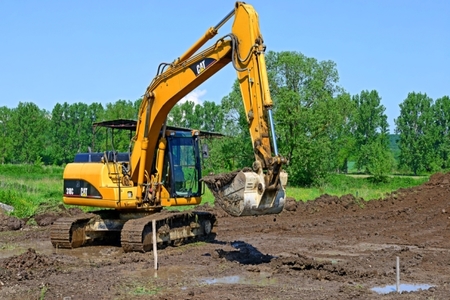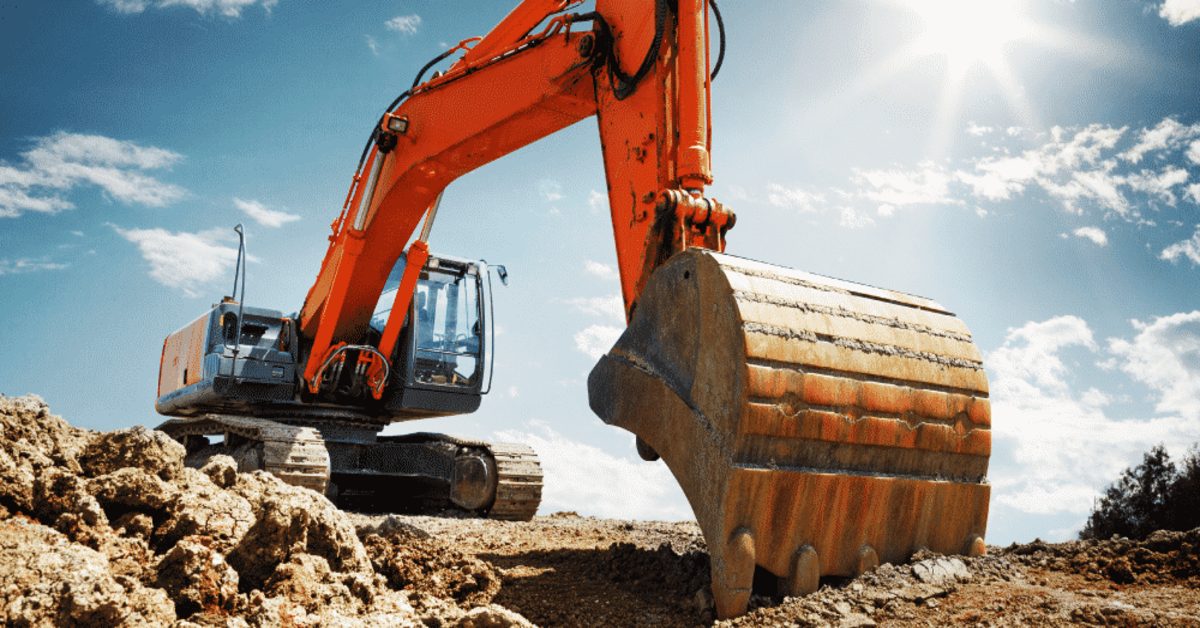Excavation is a necessary part of many construction projects, but it can be dangerous for the people involved if not done carefully. You can never be sure what surprises await as you dig deep into the ground. From drain lines and internet cables to natural gas lines, many things can go wrong if you don’t put enough thought into the digging project. Luckily, you can avoid all this by taking the relevant precautions. So, should utilities be marked before excavations take place?
What are underground utilities?
These are the buried utility lines that run underneath streets, sidewalks, and other public areas. They include water supply systems, sewage lines, natural gas pipelines, etc. They also cover telephone junction boxes or cabinets and ducts for cable TV/fiber optics networks or electric power cables inside buildings. While it may not seem too obvious as you walk down the road, buried utility lines surround us at all times. They also play a crucial part in the normal functioning of society.
Should buried utilities be marked?
Everyone, from property owners to construction companies, has a role to play. Even though it may be impossible to know every utility running underground in your area, some procedures can help you avoid any confusion or accidents during excavations. For one, utilities should always be marked before the excavation process begins. The contractors you hire should also have enough experience and training to acknowledge this.
What is the importance of marking buried utilities before excavating?
Marking underground facilities in advance helps to avoid a host of undesirable situations. Some of its benefits include:
Prevents injury and death
Most electric lines running underground carry a massive voltage load, and coming into contact with them can cause severe accidents. There have been numerous cases where people get killed or injured by power cables. A great way to avoid such a situation is by marking utility lines before excavation begins.
Marking utility lines helps save time and money
If you have no idea where the underground utilities are running, it will be tough to carry out an efficient digging job without wasting time or resources. This also means your project may not run on schedule due to delays in the excavation process.
Utilities are protected
By marking underground facilities before digging, you help protect them from accidental damage. This means they will last longer and continue to function for years to come if you safeguard them during construction projects. Most importantly, it helps avoid fines imposed by governing authorities.
Helps to avoid disruption in service
If your digging project risks resulting in damage or disturbance of some kind, it will be a lot more convenient if you know where the underground utility lines are running. This way, you won’t have issues with utility companies and can better execute any work around them without affecting normal function.
It complies with the law
Many state laws require property owners and construction companies to mark underground lines before excavation on their land or properties. This is done for safety reasons and to ensure that there are no service outages. It also makes it easier for the authorities to hold people accountable should there be any accidents.
How can underground utilities be marked?
There are several ways digging contractors can mark out underground utility lines to know where they are located:
Flags
The most basic way to get utility lines marked is through flagging. Flags are simply pieces of cloth or plastic with an identifying mark attached to them. They are placed along the surface in areas where digging will occur, usually denoting a specific area that needs work. It is not very accurate, but it does give you some idea about what lies beneath the ground level.
Spray paint
Another way of marking the position of underground utilities is through spray painting. This method uses paint to mark any surface affected by digging, usually metal or plastic. It provides a clear indication about where you should not dig and helps avoid damage or service disruption.
With wooden and metal markers
For a more detailed marking system, you can use specialized metallic marker stakes to indicate the position of underground lines. These are usually made from steel and consist of sharp-pointed ends that pierce into the ground easily. The latter ensures that it is easy to see where the stake is supposed to go when excavating.

What other precautions can I take before excavation?
Aside from marking utility lines, you can also reduce the risk of injury and accidents during excavation works through the following precautions:
Creating a safe perimeter around your dig site – You should rope off an area where people or vehicles cannot enter and use warning signs at appropriate locations on entrances and exits.
Keeping the job site clear – It is vital to keep your excavation site free of clutter. This will help prevent the risk of any potential injury on the job site.
Using protective equipment – You should always wear a hard hat, steel-toed boots, and other appropriate safety gear to keep yourself safe from harm at all times when working on construction sites.
Having emergency personnel nearby – It is advisable to have medical professionals in the vicinity just in case there is a need for immediate medical attention in case a utility line is exposed.
Need excavation?
If you are thinking of excavating your property to create a new space or complete construction works without interfering with utility lines, Superior Underground can help! We offer a comprehensive range of excavation services in Portland tailored to your specific needs. Our experienced and skilled employees will ensure the project is completed carefully and safely. Contact us today for excellent results at competitive prices!

